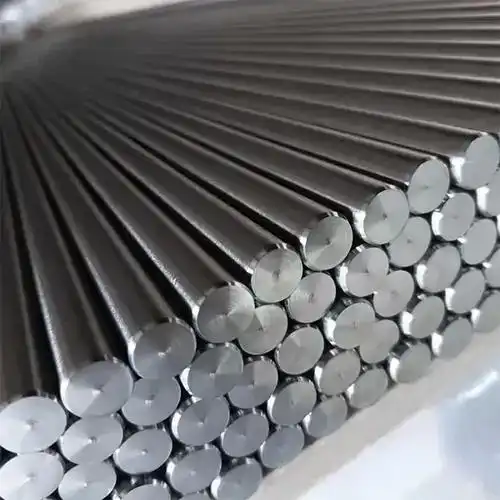Grade 23 Titanium Alloys vs Grade 5 Titanium Alloys
When choosing the right titanium for your project, it can be overwhelming to understand which grade to choose. Two common grades are Grade 23 Titanium and Grade 5 Titanium. Both are alloys of aluminum and vanadium, but how do they differ? In this guide, we’ll dive into the key differences between these two grades of titanium to help you make an informed decision for your next project.

Differences Between Grade 23 and Grade 5 Titanium
Composition and Properties
Grade 23 titanium, also known as Ti6AL4V ELI (Extra Low Interstitial Titanium), is purer than Grade 5 titanium. The higher purity makes it stronger, more biocompatible, and more corrosion-resistant. Grade 5 titanium, also known as Ti6AL4V, is stronger than Grade 23 and is more commonly used in the aerospace, automotive, and medical industries. Both grades have a high strength-to-weight ratio, making them popular choices for applications where weight is a concern.
Applications
Grade 23 titanium is often used in biomedicine, dental implants, and jewelry due to its biocompatibility with the human body. Grade 5 titanium, on the other hand, is often used in the aerospace and marine industries due to its high strength and corrosion resistance. It can also be found in racing cars, bicycles, and other high-performance equipment.
Machinability
Grade 23 titanium is more difficult to machine than grade 5 titanium due to its higher purity. However, precision machining is still possible with proper techniques and machinery. Grade 5 titanium, on the other hand, is easier to machine, making it a preferred choice for many industrial applications.
Availability and Cost
Grade 5 titanium has a wider range of applications and therefore tends to be less expensive than grade 23 titanium. Grade 23 titanium can be more difficult to source, resulting in an increased cost.
Weldability
Both Grade 23 Titanium and Grade 5 Titanium are weldable, but Grade 23 Titanium can be more difficult to weld due to its higher purity. However, with proper techniques and equipment, both grades can be successfully welded.
Conclusion
Choosing the right titanium grade for your project depends on its intended application. Grade 23 titanium is an excellent choice for biocompatible materials or applications where corrosion resistance is important. In contrast, grade 5 titanium has a higher strength and is often used in high-performance industrial applications. Consider machinability, availability, and cost, as all play a role in choosing the right titanium grade for your project. With this guide, you now have a clear understanding of the differences between Grade 23 Titanium and Grade 5 Titanium metals and can make an informed decision for your next project.











